The sad truth about how our lives are constructed is that plastic is basically an unavoidable part of them. No matter how environmentally conscious you are, you encounter plastic—if not at home, then when you go outside.
The reason plastic is so widespread is not only because it litters the Earth, but also because it litters our bodies. It was reported that microplastics are found in even the weirdest parts of thehuman body, which is quite worrisome, as we don’t know how it’ll affect our health in the long run.
RELATED:
Plastic is everywhere you look, and no matter how much you try to avoid it, escaping it is nearly impossible
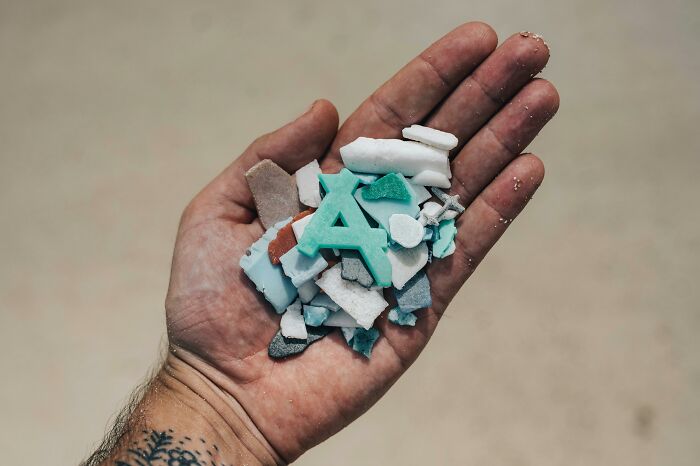
Image credits:Alfo Medeiros / Pexels (not the actual photo)
On February 3, 2025, astudycalled “Bioaccumulation of microplastics in decedent human brains” was published. It revealed that microplastics were found in human kidneys, livers, and even brains.
Beside this study, researchers have revealed that microplastics werefoundin breast milk, placentas, bone marrow, and many other places. So, us being “infected” with plastic isn’t a new thing.
On average, the studied brain samples contained about 7 grams of microplastics, which is around the same weight as a plastic spoon.
This amount was 10 times greater in the brains of those who suffered fromdementia. As you might be aware, dementia is an umbrella term for problems with thinking abilities (like memory, language, and problem-solving) that interfere with daily life. So, the scientists noted that its correlation to microplastics is clear, but further study is needed to establish a direct link, meaning no conclusion can be drawn just yet.
In fact, studies have shown that plastic makes up a percentage of our brain—all due to the microplastics we unknowingly consume

Image credits:Anna Shvets / Pexels (not the actual photo)
To talk about microplastics’ influence a little bit deeper,Bored PandacontactedMatthew Hayek,an assistant professor at New York University in the Department of Environmental Studies and affiliated faculty with the NYU Center for Data Science.
He revealed that the effect microplastics can have on a person’s body is not entirely clear yet. The thing is, microplastics are basically everywhere, yet, their quantity varies from place to place. For different organisms, it can have different negative health outcomes.
For instance, there’s a possibility that the plastics are leachingchemicalsinto the body, or their presence itself can cause problems for the organs, as they’re alien.
Let’s take asbestos, for example. Some time ago, it was thought that it wasn’t biologically reactive, and thus wouldn’t cause any problems. Then, it became clear that even tiny pieces ofasbestosin the lungs could trigger an immune response and even put a person at higher risk of cancer. So, a similar thing might be possible with microplastics.
At this point, you might be wondering how they even are getting into our bodies. It’s not like we’re actually eatingspoonfulsof plastic. Only we basically do—we just don’t realize it.
As the name suggests, microplastics are small particles of plastics,with sizesranging from 1nanometer(which is 0.000,000,001 of a meter) up to 5 mm.
And it’s not only the brain—other organs, from lungs to placentas, are full of microplastics, too
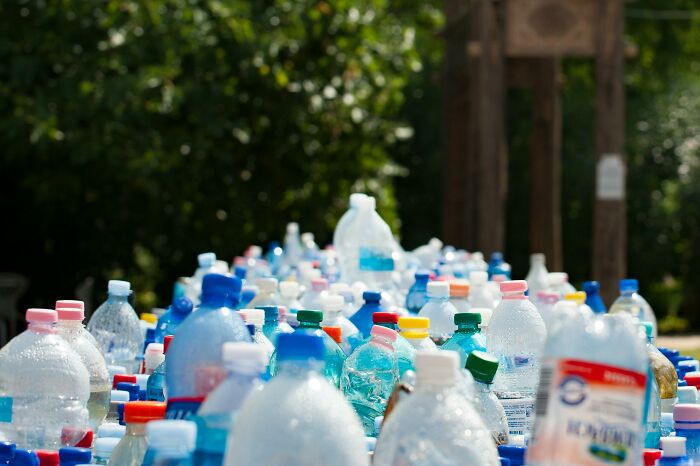
Image credits:mali maeder / Pexels (not the actual photo)
Fish isn’t the only “infected” food item—things like salt, honey, chicken, and many others were found to contain microplastics, too. Not to mention drinks—especially those in plastic bottles. The air isn’t that clean either.
Due to such high exposure, humans consume around 5 grams (about the weight of a credit card) of microplastics each week, which end up being a ticking time bomb in our bodies.
Sadly, due to how common plastic is in our lives, it is basically impossible to fully avoid getting this “infection.” Still, that doesn’t mean we can’t try.
Such revelations are scary, as we can’t be sure what kind of influence microplastics have on our health

Image credits:KATRIN BOLOVTSOVA / Pexels (not the actual photo)
Like opting for alternatives to plastic wherever possible—instead of plastic bottles,lunchboxes, cutlery, and cutting boards. Basically, you should choose stainless steel, which doesn’t release plastic bits into the body and environment when used, for anything that touches food.
If you still decide to use plastic products, at least don’t heat them, like putting them in a microwave, as the heat agitates the chemicals and makes it easier for the microplastics to migrate.
Then, things like eating more greens instead of animal products, taking off yourshoesinside the house, and choosing clothes made ofnaturalfabrics are also useful ways of limiting exposure to plastic bits.
In his opinion, the removal of the copious use of fossil fuel would also have to come with policies to help consumers access efficient, environmentally-focused appliances like heat pump water heaters and electric cars and bikes. “That seems like a weird way to get rid of plastics, but it would be the most effective way.”
So, as you can see, as long as theways of production don’t change in our world, there’s not much we can do on a personal level—just limit, but notcompletely avoid, which is a scary reality to live in.
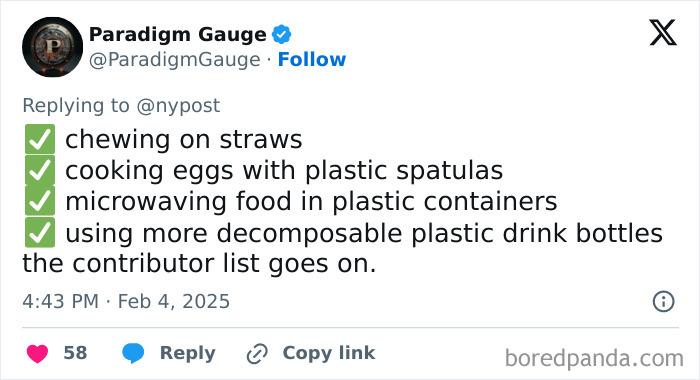
Image credits:ParadigmGauge

Image credits:ZephyrFalk

Image credits:antijudaic19165
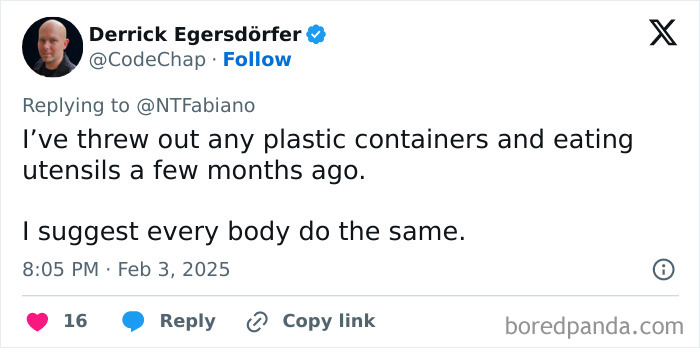
Image credits:CodeChap

Image credits:NADS_under

Image credits:pfunkin1
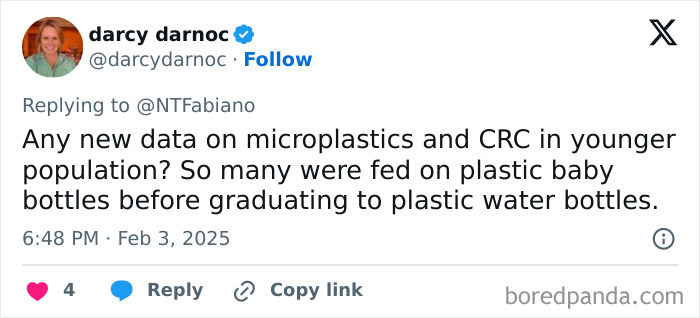
Image credits:darcydarnoc

Image credits:david_kochman
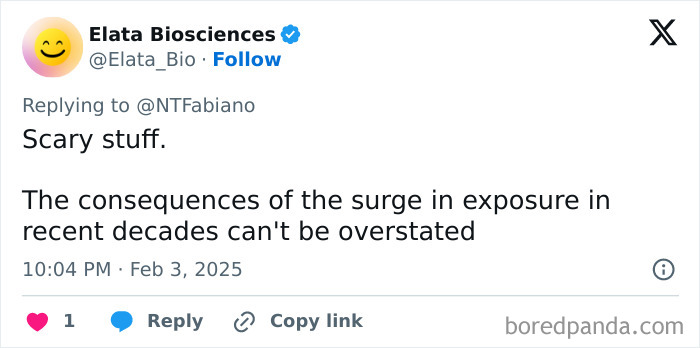
Image credits:Elata_Bio
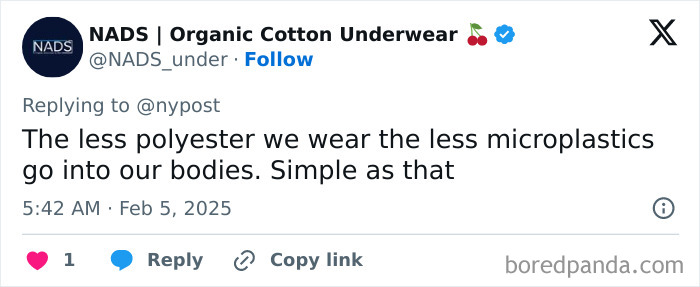
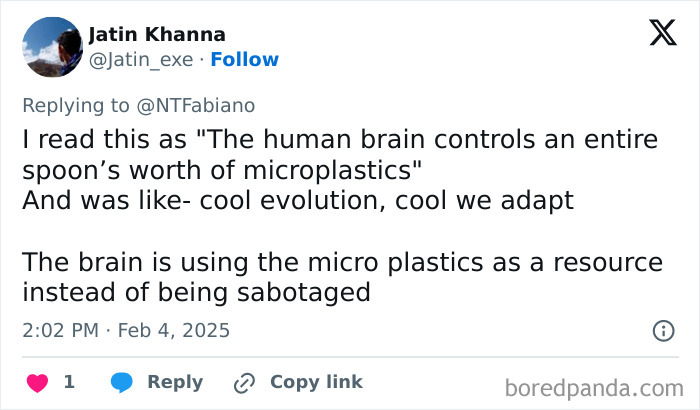
Image credits:Jatin_exe
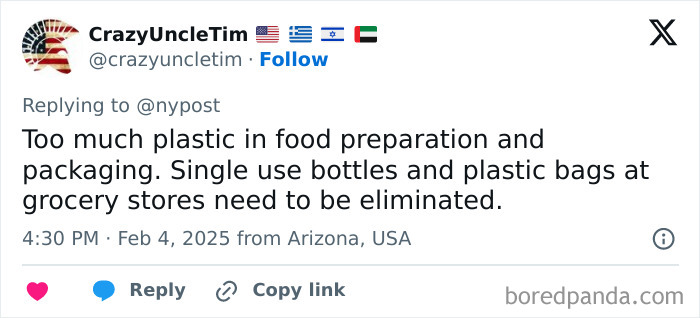
Image credits:crazyuncletim

Image credits:Eyhabseas
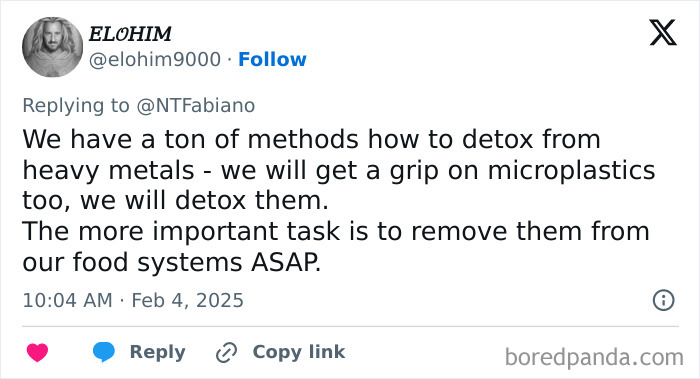
Image credits:elohim9000

Image credits:BatB93354

Image credits:color_blinds

Image credits:AVP82796731

Image credits:DogeMemery
Curiosities